The Core SciDAC-5 team is working together with several collaborators at Argonne and Los Alamos. In the following, we list both core team members and collaborators.
Core Team
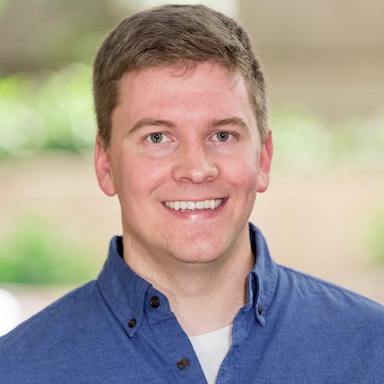 |
JD EmbersonJD has a broad interest in computational cosmology. His research is focused on the development and application of numerical techniques for large-scale cosmological structure formation. This includes both N-body as well as hydrodynamic simulations in order to gain insight into various astrophysical problems including dark energy, neutrinos, substructure, and reionization. Along with Nick Frontiere, he is leading the effort on the new hydrodynamics capability in the HACC code. |
[email protected] |
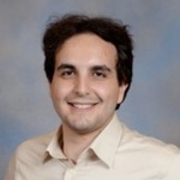 |
Nicholas FrontiereNick has wide interests in physics and computational science. He has worked on computational research projects at National Laboratories for many years. Nick has made many contributions to HACC (in particular the GPU version) and its analysis tools, beginning with work as an undergraduate on the HACC 3-D parallel FFT, now available separately as the DOE ECP-supported SWFFT package. He has played a leading role in the development of a new smoothed particle hydrodynamics (SPH) method, Conservative Reproducing Kernel SPH (CRK-SPH), that overcomes many of the problems of the original SPH technique, while maintaining many of its advantages. Nick is leading the work on the hydro version of the HACC code (with JD) and in the incorporation of a number of subgrid models. |
[email protected] |
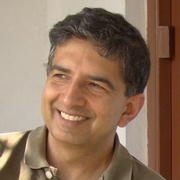 |
Salman HabibSalman Habib is the Group Leader of the Cosmological Physics and Advanced Computing Group in the High Energy Physics Division at Argonne National Laboratory; he also holds appointments in the Mathematics and Computer Science Division and the University of Chicago and Northwestern University. Habib’s research interests span astrophysics, accelerator physics, classical and quantum dynamical systems and control theory, advanced statistical methods and machine learning, condensed matter physics, atomic and quantum optics, and particle physics. His current focus is on studies of dark energy, dark matter, neutrinos, and primordial fluctuations. This work involves a number of research directions at the interface of advanced statistical methods, machine learning, and parallel supercomputing. Habib is the PI of the SciDAC-4 project. |
[email protected] |
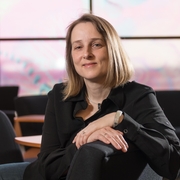 |
Katrin HeitmannKatrin Heitmann is a Physicist and Computational Scientist at Argonne National Laboratory in High Energy Physics and Mathematics and Computer Science Divisions. She is also a Senior Member of the Kavli Institute for Cosmological Physics at the University of Chicago. Before joining Argonne, Heitmann was a staff member at Los Alamos National Laboratory. Her research currently focuses on computational cosmology, in particular on trying to understand the causes for the accelerated expansion of the Universe. She is a member of several major astrophysical surveys that aim to shed light on this question and is the computing coordinator for the Large Synoptic Survey Telescope Dark Energy Science Collaboration. |
[email protected] |
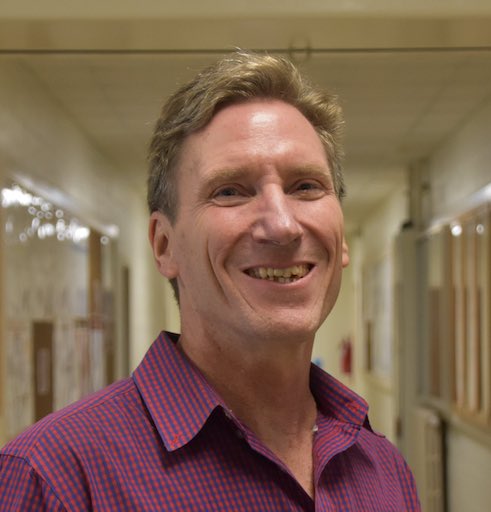 |
Dave HigdonDave Higdon is a professor and Head of the Department of Statistics at Virginia Tech. He spent 5 years with the Social Decisions Analytics Laboratory at Virginia Tech. Prior to that, he spent 14 years with the Statistical Sciences Group at Los Alamos National Laboratory, serving as Group leader for five years. He also spent his first seven years since receiving his PhD as part of the faculty of Statistical Science Department at Duke University. He is an expert in uncertainty quantification, Bayesian statistical modeling of environmental, physical, and social systems, combining observations with computer simulation models for prediction and inference. His research interests include space-time modeling; inverse problems in a variety of scientific applications; statistical modeling in ecology, environmental science, and biology; multiscale models; distributed methods for Markov chain Monte Carlo and posterior exploration; statistical computing; and Monte Carlo and simulation-based methods. Dr. Higdon has served on several advisory groups concerned with statistical modeling and uncertainty quantification; co-chaired the National Academy of Sciences Committee on Mathematical Foundations of Validation, Verification, and Uncertainty Quantification; and chaired the National Academy of Sciences Committee on Models of the World for the National Geospatial-Intelligence Agency. He served as the Editor in Chief for the SIAM-ASA Journal on Uncertainty Quantification 2017-19; he is a fellow of the American Statistical Association. Dr. Higdon holds a B.A. and M.A. in mathematics from the University of California, San Diego, and a Ph.D. in statistics from the University of Washington. |
[email protected] |
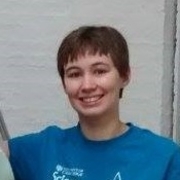 |
Patricia LarsenPatricia’s interests focus mainly on measurements of weak lensing in cosmological surveys. In particular she has worked on combining weak lensing measurements of the CMB and cosmic shear, and on understanding astrophysical systematics affecting weak lensing surveys, including galaxy intrinsic alignments. |
[email protected] |
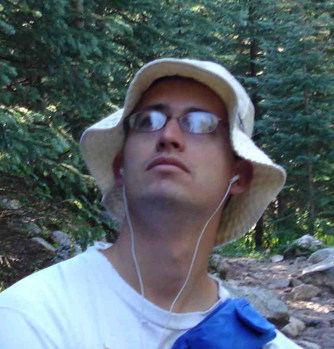 |
Earl LawrenceEarl Lawrence is a statistician and staff member at Los Alamos National Laboratory in the Statistical Sciences Group. His expertise is in uncertainty quantification and diverse applications of statistics to problems in physics and engineering. |
[email protected] |
 |
Zarija LukicZarija Lukic is a research scientist in the Computational Cosmology Center at Lawrence Berkeley National Laboratory. His research combines (astro)physics and high-performance computing and he has published research articles in both physics and computational science. The main topic of his research is the formation of structure in the Universe, and different ways of determining cosmological parameters from sky surveys. His studies include modeling the Lyman-alpha absorption observed in spectra of distant quasars, evolution and properties of clusters of galaxies, internal structure and statistical properties of dark matter halos, among others. He is a member of the Dark Energy Spectroscopic Instrument (DESI) and Large Synoptic Survey Telescope (LSST) collaborations where he is engaged in the simulation working groups. |
[email protected] |
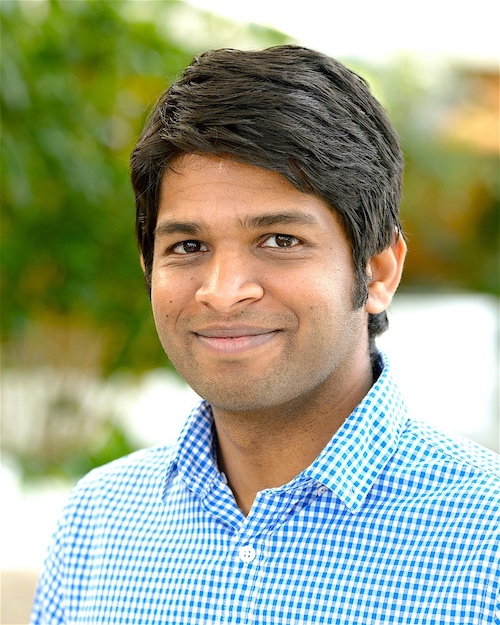 |
Sandeep MadireddySandeep Madireddy is an Assistant Computer Scientist in the Mathematics and Computer Science Division at Argonne National Laboratory. His research interests span the broader areas of theoretical and applied machine learning, probabilistic modeling, and high-performance computing, with applications across science and engineering. His current research aims at developing deep learning algorithms and architectures tailored for scientific machine learning, with a particular focus on improving training efficiency, model robustness, uncertainty quantification and feature representation learning. He has experience applying them to diverse problems in various domains, ranging from physical sciences to computer systems modeling and neuromorphic computing. For more information see http://www.mcs.anl.gov/~smadireddy. |
[email protected] |
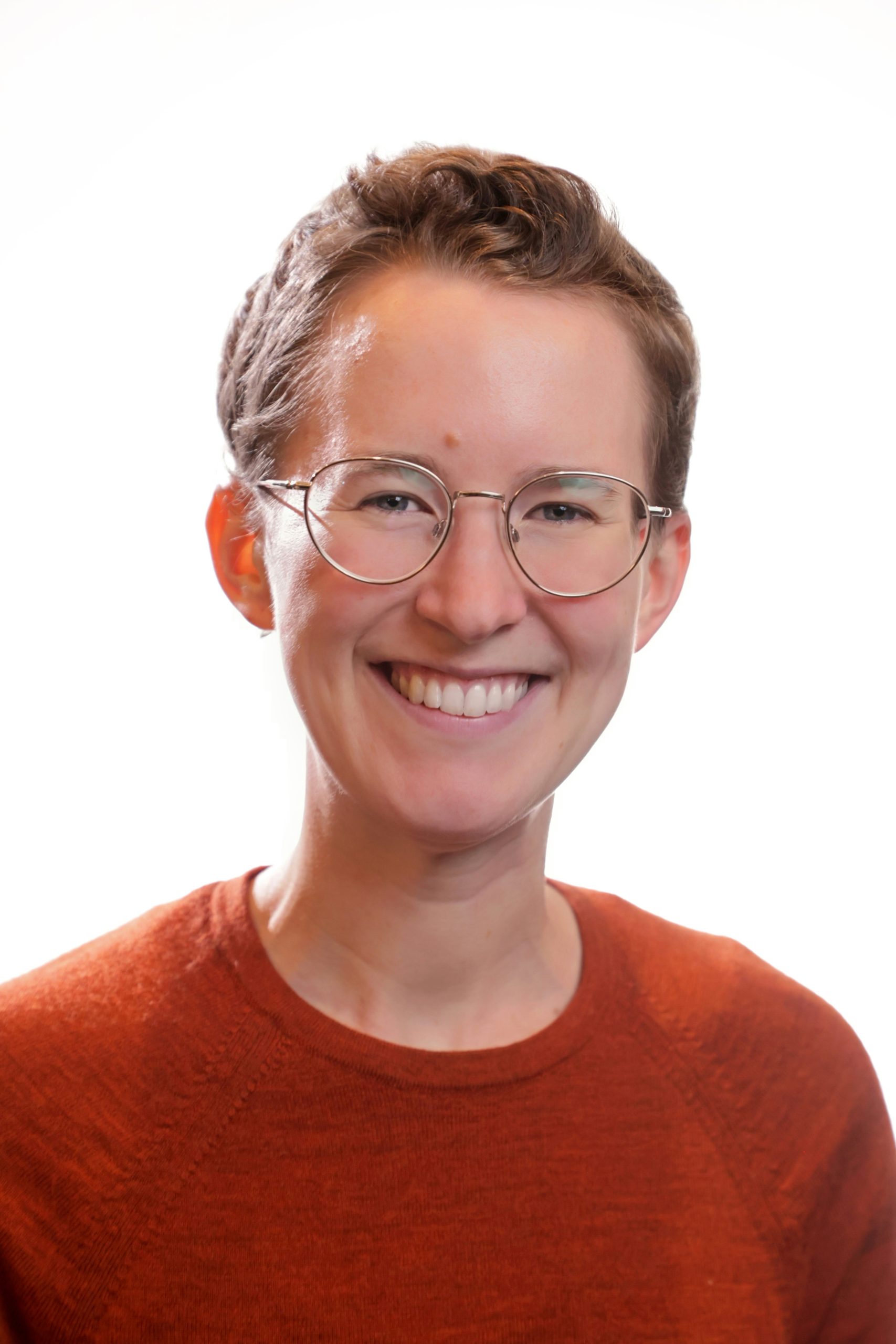 |
Kelly MoranKelly Moran is a statistician and staff member at Los Alamos National Laboratory in the Statistical Sciences Group. She works on developing, analyzing, and visualizing Bayesian statistical models across varied applications such as global and environmental health, cosmology, and space physics. She has experience in developing novel methods for probabilistic dimension reduction and fast Gaussian process approximation. |
[email protected] |
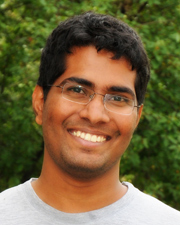 |
Nesar RamachandraNesar Ramachandra is a cosmology graduate student at the University of Kansas, currently working in the Cosmological Physics and Advanced Computing Group in the High Energy Physics Division at Argonne National Laboratory. His research area is the large scale structure of the Universe and he is also working on the implementation of statistical and machine learning methods for cosmological data analysis and fast prediction tools (emulators). |
[email protected] |
Collaborators
 |
Michael BuehlmannMichael is a computational cosmologist with a broad interest in large-scale structure formation. His work is focused on the development and application of numerical methods to run and analyze large simulations of our Universe. Together with Nick Frontiere and JD Emberson, he is working on extending the baryonic physics models in the HACC simulation code. |
[email protected] |
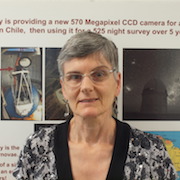 |
Eve KovacsEve’s research interests are focused on understanding the galaxy-halo connection and the simulation and validation of mock galaxy catalogs for upcoming sky surveys such as LSST. She is a member of DES and LSST-DESC. Eve is also interested in supernova cosmology, and in particular, the photometric classification of supernovae using machine-learning techniques. |
[email protected] |
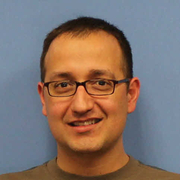 |
Esteban RangelSteve Rangel is a computer scientist with broad interests in solving large-scale data analysis problems using HPC platforms. He is the main developer of HACC’s halo merger tree construction and analysis framework, using a new algorithm that employs the recently developed ‘core-tracking’ methodology. Steve also led work on a new parallel tessellation-based density estimation code that is now being used for work on weak and strong gravitational lensing (with Patricia). Steve is now also working on HACC’s implementation on exascale platforms. |
[email protected] |
